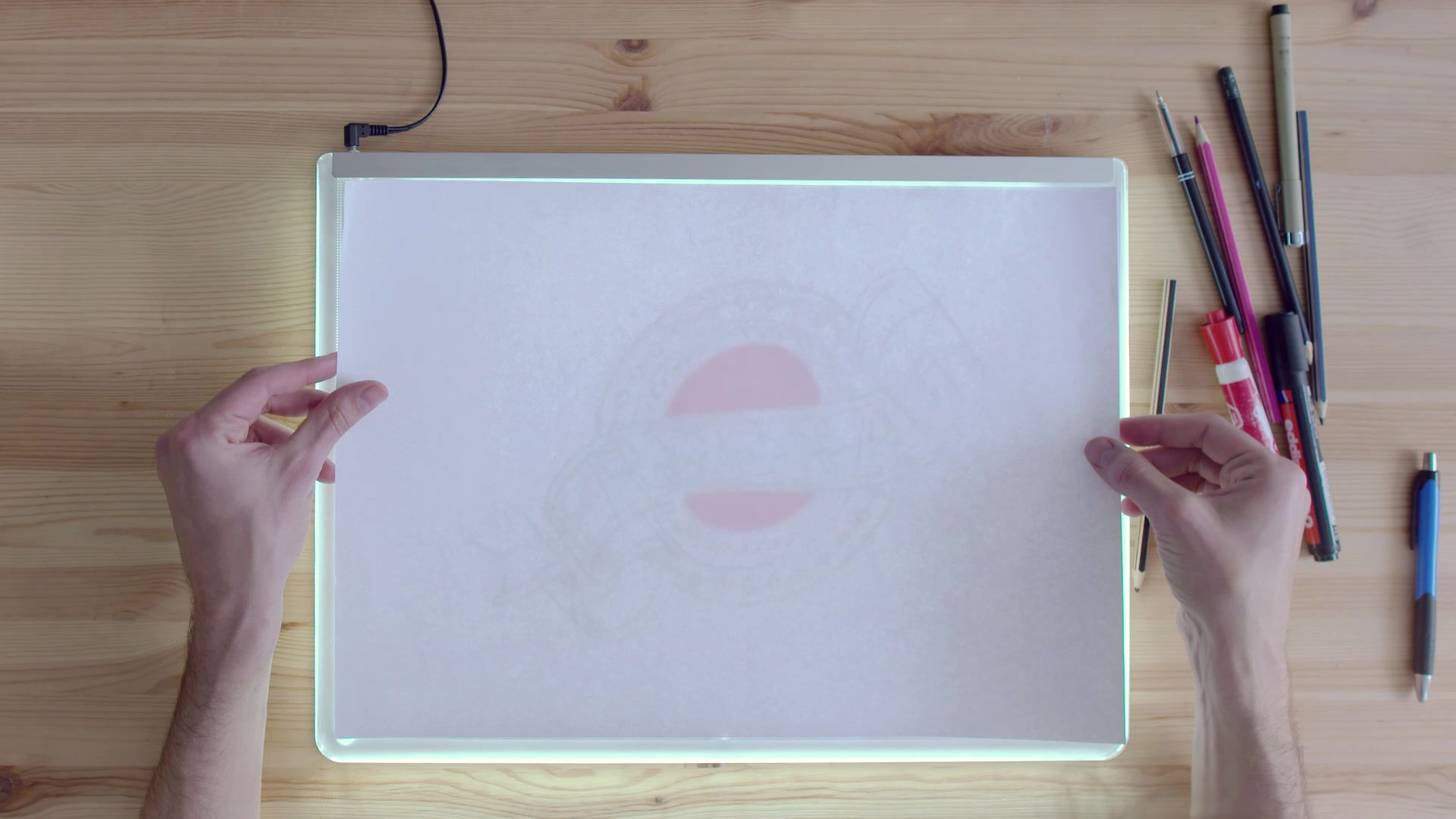Respect and Understanding: Why You Should Never Call Deaf People “Mute,” “Monkey,” or “Dumb”
- Cheryll Atienza

- May 27
- 3 min read
Updated: Jun 16

Language is powerful. Words can uplift or destroy. One of the greatest disservices we can do as a society is to use harmful, outdated, and offensive terms when referring to Deaf individuals. The words “mute,” “monkey,” and “dumb” should never be used to describe Deaf people.
Deaf individuals are just like everyone else—intelligent, hard-working, kind-hearted, and vibrant with energy. They communicate differently, yes, but that doesn't make them less capable or less worthy of respect. In fact, their communication through beautiful sign language is a profound example of human adaptation, skill, and expression.
Let’s explore why it’s so important to shift the way we speak and how understanding and inclusion can make a world of difference.
The Harm in Words Like “Mute,” “Monkey,” and “Dumb”
Historically, the term “dumb” was used to describe people who couldn’t speak. Over time, it became synonymous with “stupid.” Using “dumb” for Deaf people is not only outdated—it’s deeply hurtful.
Calling a Deaf person “mute” implies they have no voice or nothing to say, which is entirely untrue. Many Deaf individuals use sign language, lip reading, and even spoken language. Some may not use their voice to speak, but they communicate clearly, expressively, and effectively.
The word “monkey” is a cruel slur. It has been used to mock the use of expressive hand gestures or facial expressions in sign language. This is not only racist and ableist—it’s profoundly disrespectful to the richness of Deaf culture and the beauty of sign language.
Deaf People Are Not Less – They Are Equal and Often Extraordinary
Deaf people have beautiful hearts, positive attitudes, and powerful skills. They work hard, contribute to society in countless ways, and often develop exceptional visual awareness and manual dexterity. Many are artists, educators, entrepreneurs, athletes, and innovators.
Instead of labeling them with cruel names, society should uplift them for their contributions and talents. Deaf people navigate a world designed for hearing people, and they do it with grace, strength, and determination.
The Beauty of Sign Language and Gesture Communication
Sign language is not just “hand waving.” It is a fully developed language with its own grammar, structure, and cultural significance. Just as military personnel, scuba divers, and workers in loud environments rely on body gestures to communicate, sign language is a natural and effective form of communication.
In fact, when you take the time to learn sign language, you are opening yourself to a world of visual beauty, emotional expression, and cultural connection.
Open Minds Lead to Stronger Communities
Many people make the mistake of judging others based on what they see. Deafness is an invisible disability, and its impact is often misunderstood. Instead of jumping to conclusions, we encourage everyone to “not judge a book by its cover.”
Take the time to meet Deaf people, have conversations, and learn about their world. You’ll find individuals who are kind, talented, and resilient. You’ll be inspired by their positivity and communication skills.
How to Be a Better Ally to the Deaf Community
Never use offensive labels.
Learn some basic sign language. It goes a long way in building rapport.
Support Deaf businesses and creators.
Be patient and open-minded in communication.
Teach others about respectful language and inclusion.
FAQs
1. Why shouldn’t we call Deaf people “dumb” or “mute”?
Because these words are rooted in harmful stereotypes. Deaf people are intelligent and communicate in ways other than spoken language. These terms are outdated and offensive.
2. Is it appropriate to say someone is “hearing impaired”?
Some prefer this term, but many in the Deaf community find it medicalized and prefer “Deaf” or “hard of hearing.” Always ask what term the individual prefers.
3. What is the best way to communicate with a Deaf person?
Use sign language if you know it, or write, gesture, or use a phone or tablet to type. Respectful and patient communication is key.
4. Why do Deaf people use facial expressions when signing?
Facial expressions are part of grammar and emotion in sign language. They enhance meaning and are an essential part of communication.
Conclusion
Deaf people are not defined by their inability to hear. They are defined by their abilities, their determination, their creativity, and their beautiful way of communicating. As a society, we must let go of harmful language and stereotypes. Instead, let’s embrace understanding, respect, and inclusion.
Learn, connect, and communicate. Let’s build a world where everyone—regardless of how they hear or speak—is treated with dignity and humanity.
























































Comments